List of Contributors, ix
Preface and Acknowledgements, xiii
About the companion website, xv
Section 1: Surgical Infections, 1
1 Surgical Wound Infections, 3
Outi Laitinen-Vapaavuori
2 Sepsis, 8
Galina Hayes and Brigitte A. Brisson
3 Pyothorax, 15
Jackie L. Demetriou
4 Peritonitis, 20
Marjan Doom and Hilde de Rooster
5 Osteomyelitis, 28
Dominique Griffon
6 Septic Arthritis, 34
John Innes
7 Methicillin-Resistant Staphylococcus Infections, 39
Scott Weese
8 Hospital-Associated Infections, 45
Maureen Anderson and Scott Weese
Section 2: General Postoperative Complications, 55
9 Dehiscence, 57
Stéphanie Claeys
10 Suture Reactions, 64
Outi Laitinen-Vapaavuori
11 Hyperthermia, 66
Kris Gommeren
12 Hemorrhage, 72
Jane Ladlow
13 Anorexia, 79
Angela Witzel
14 Management of Surgical Pain, 84
Lyon Lee and Reza Seddighi
15 Complications Associated with, Nonsteroidal Antiinflammatory Drugs, 97
Reza Seddighi and Lyon Lee
16 Complications Associated with External Coaptation, 110
Dominique Griffon
17 Complications Associated with Rehabilitation Modalities, 118
Debra Canapp, Lisa M. Fair, and Sherman Canapp
18 Degenerative Joint Disease, 126
Guillaume Ragetly and Dominique Griffon
Section 3: Surgery of the Head and Neck, 135
19 Dorsal Rhinotomy, 137
Gertter Haar
20 Sublingual and Mandibular Sialadenectomy, 144
Cheryl Hedlund
21 Incisional Drainage of Aural Hematomas, 150
Cheryl Hedlund
22 Ear Canal Surgery, 155
Gertter Haar
23 Ventral Bulla Osteotomy, 164
Cheryl Hedlund
24 Surgical Management of Brachycephalic Airway Obstructive Syndrome, 171
Cyril Poncet
25 Surgical Management of Laryngeal Paralysis, 178
Gertter Haar
26 Thyroidectomy, 185
Chad Schmiedt
27 Parathyroidectomy, 193
Chad Schmiedt
28 Tracheal Surgery, 198
Barbara Kirby
29 Tracheal Stenting, 206
Laura Cuddy
Section 4: Dental and Oral Surgery, 215
30 Repair of Mandibular and Maxillary Fractures, 217
Christian Bolliger
31 Partial Mandibulectomy, 229
Julius Liptak
32 Partial Maxillectomy, 237
Julius Liptak
33 Lingual Surgery, 245
Julius Liptak
34 Tooth Extractions, 249
Anson J. Tsugawa
35 Tonsillectomy, 263
Jonathan Bray
36 Repair of Congenital Defects of the Hard and Soft Palates, 265
Jonathan Bray
Section 5: Thoracic Surgery, 269
37 General Complications, 271
Hervé Brissot
38 Thoracostomy and Th oracocentesis, 284
Alison Moores
39 Complications After Intercostal and Sternal Thoracotomy, 294
Alison Moores
40 Thoracoscopy, 300
Eric Monnet
41 Bronchial and Pulmonary Surgery, 305
Hervé Brissot
42 Chylothorax, 313
Carolyn A. Burton
43 Esophagoscopy and Esophageal Surgery, 319
Robert J. Hardie
44 Aortic Arch Anomalies, 323
Robert J. Hardie
45 Thymectomy, 328
Rachel Burrow
46 Pericardial Surgery, 335
Daniel J. Brockman
47 Patent Ductus Arteriosus, 338
Daniel J. Brockman
48 Cardiac Pacemaker Implantation, 343
Rachel Burrow and Sonja Fonfara
Section 6: General Abdominal Surgery, 353
49 Celiotomy, 355
Hilde de Rooster
50 Laparoscopy, 362
Gilles Dupré and Valentina Fiorbianco
51 Hiatal Herniorrhaphy, 370
Stephen J. Baines
52 Diaphragmatic Herniorrhaphy, 375
Stephen J. Baines
53 Peritoneal Pericardial Herniorrhaphy, 383
Laura J. Owen
54 Perineal Herniorrhaphy, 388
Lynne A. Snow
55 Adrenalectomy, 395
Brigitte Degasperi and Gilles Dupré
56 Splenectomy, 401
Paolo Buracco and Federico Massari
Section 7: Gastrointestinal Surgery, 411
57 Gastric Dilatation and Volvulus and Gastropexies, 413
Zoë Halfacree
58 Gastric Outflow Procedures, 424
Jeffrey J. Runge
59 Small Intestine Surgery, 429
Jean-Philippe Billet
60 Large Intestine Surgery, 435
Jean-Philippe Billet
61 Hepatic and Biliary Tract Surgery, 441
Anne Kummeling
62 Pancreatic Surgery, 446
Heidi Phillips
63 Portosystemic, 461
Barbara Kirby
Section 8: Surgery of the Urinary Tract, 467
64 General Complications, 469
Anne Kummeling
65 Complications Specific to Lithotripsy, 473
Joseph W. Bartges, Amanda Callens, and India Lane
66 Renal Transplantation, 481
Andrew Kyles
67 Ureteral Surgery, 486
Stéphanie Claeys and Annick Hamaide
68 Surgery of the Urinary Bladder, 492
Annick Hamaide
69 Urethrostomy in Male Dogs, 497
Joshua Milgram
70 Feline Perineal Urethrostomy, 500
Joshua Milgram
Section 9: Surgery of the Reproductive Tract, 505
71 Ovariectomy and Ovariohysterectomy, 507
Annick Hamaide
72 Pyometra, 517
Kathryn Pratschke
73 Cesarean Section, 522
Bart Van Goethem
74 Orchiectomy, 528
Bart Van Goethem
75 Prostatic Cyst and Abscess Drainage, 534
Henry L’Eplattenier
76 Prostatectomy, 539
Henry L’Eplattenier
Section 10: Plastic and Reconstructive Surgery, 543
77 Open Wounds, 545
Davina Anderson
78 Reconstructive Flaps, 554
Stéphanie Claeys
79 Skin Grafting, 561
Stéphanie Claeys
80 Anal Sac Excision, 569
Lynne A. Snow
81 Feline Onychectomy, 573
Ameet Singh and Brigitte A. Brisson
Section 11: Neurologic Surgery, 577
82 General Complications, 579
Belinda Comito
83 Myelography, 584
Belinda Comito
84 Ventral Slot and Fenestration, 590
Wanda Gordon-Evans
85 Dorsal Laminectomy, 596
Wanda Gordon-Evans
86 Hemilaminectomy, 602
Wanda Gordon-Evans
87 Ventral Cervical Fusion, 606
Wanda Gordon-Evans
88 Vertebral Fracture Repair, 610
Wanda Gordon-Evans
89 Craniotomy and Craniectomy, 615
Belinda Comito
90 Intracranial Shunt Placement, 620
Belinda Comito
Section 12: Management of Fractures and Osteotomies: Perioperative Complications, 627
91 Inadequate Fracture Reduction (Malreduction), 629
Ann Johnson
92 Improper Placement of Implants, 633
Ann Johnson
93 Limb Shortening, 637
Ann Johnson
94 Implant Failure, 641
Ann Johnson
95 Premature Physeal Closure After Fracture, 649
Ann Johnson
96 Avascular Necrosis, 655
Dominique Griffon
97 Bone Resorption, 658
Dominique Griffon
98 Delayed Union, 665
Ann Johnson
99 Nonunion, 669
Ann Johnson
100 Malunion, 673
Andrew Worth
101 Loss of Function in Performance Dogs, 680
Lauren Pugliese and Jon Dee
102 Carpal Contracture, 686
Alessandro Piras and Tomas Guerrero
103 Quadriceps Contracture, 692
Darryl Millis
104 Fracture-Associated Sarcoma, 697
G. Elizabeth Pluhar
105 Thermal Pain, 702
G. Elizabeth Pluhar
106 Complications in External Skeletal Fixation, 704
Gian Luca Rovesti
107 Complications Specific to Locking Plates, 714
Randy Boudrieau
Section 13: Salvage Orthopedic Procedures, 727
108 Arthrodesis, 729
Dominique Griffon
109 Amputation, 735
Maria Fahie
110 Limb Spare Procedures, 743
Jennifer Covey and Nicholas Bacon
Section 14: Surgery of the Coxofemoral Joint, 751
111 Femoral Head and Neck Excision, 753
Wing Tip Wong
112 Complications of Double and Triple Pelvic Osteotomies, 759
Aldo Vezzoni
113 Total Hip Replacement, 778
William Liska and Jonathan Dyce
114 Complications of Total Hip Replacement with the Zurich Cementless System, 834
Aldo Vezzoni
115 Open Reduction of Coxofemoral Luxations, 845
Mark Rochat
Section 15: Surgery of the Stifle, 857
116 Complications Associated with Open versus Arthroscopic Examination of the Stifle, 859
Antonio Pozzi and Stanley Kim
117 Complications associated with cranial cruciate ligament repair, 867
Dominique Griffon
118 Complications Associated with the Treatment of Patellar Luxation, 889
Abimbola Oshin
119 Complications Associated with Autogenous Osteochondral Repair, 897
Noel Fitzpatrick
Section 16: Surgery of the Scapulohumeral Joint, 903
120 Shoulder Dislocation and Instability, 905
Brian Beale
Section 17: Surgery of the Elbow, 917
121 Reduction of Elbow Luxations, 919
Peter Böttcher
122 Ulnar Osteotomy and Ostectomy, 924
Dominique Griffon
123 Complications of Sliding Humeral Osteotomy, 930
Noel Fitzpatrick
Index, 937
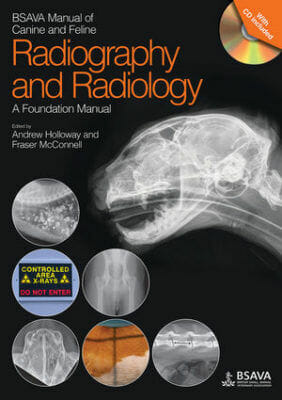

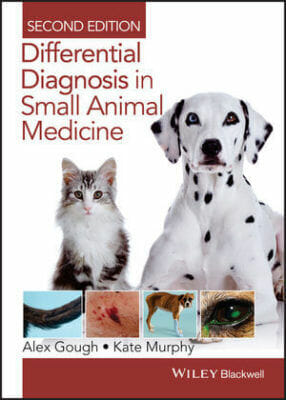

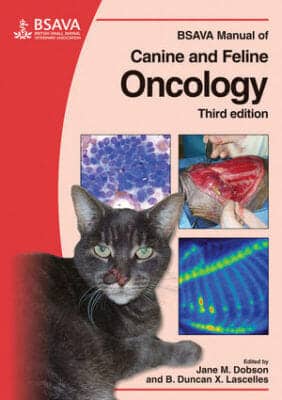
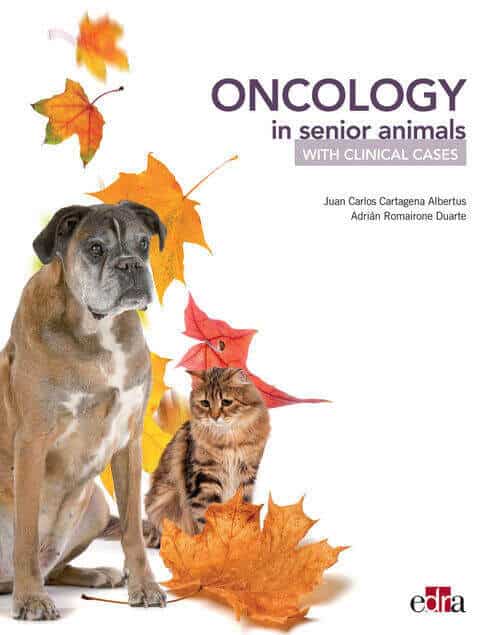
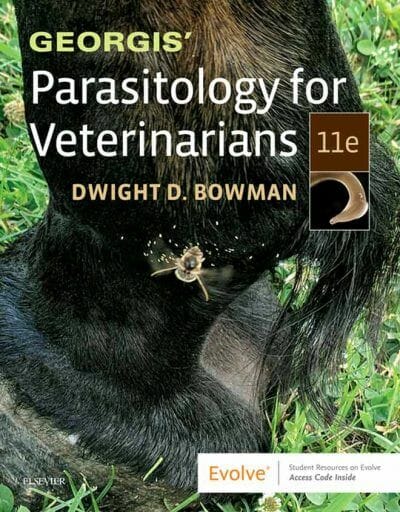
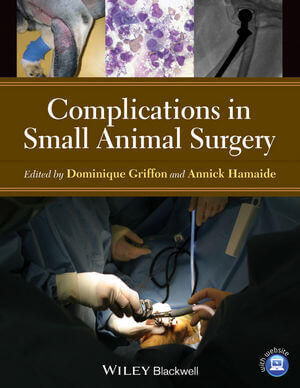
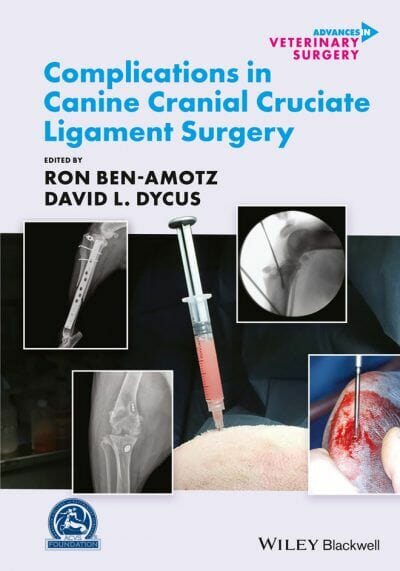
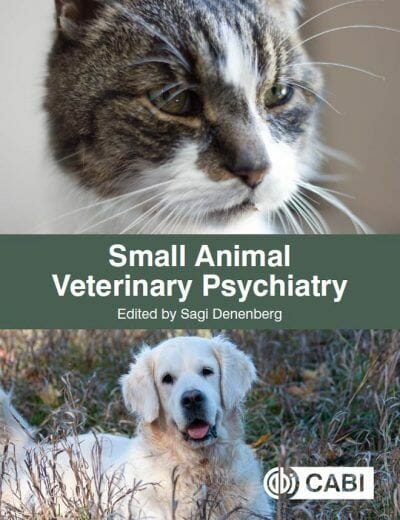
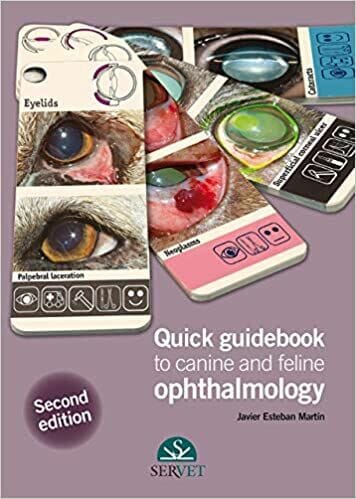
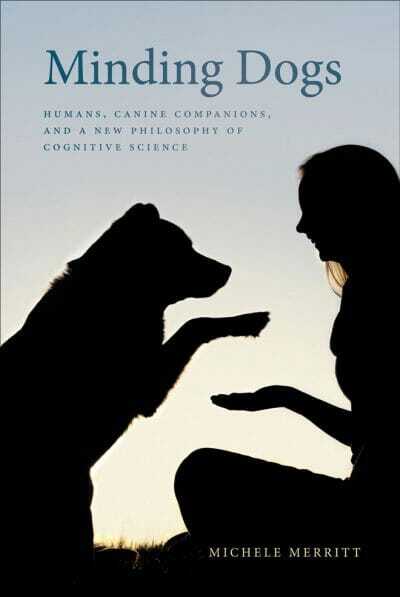
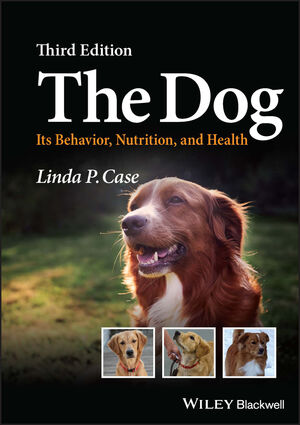




![Ettinger’s Textbook of Veterinary Internal Medicine 9th Edition [PDF+Videos] Ettinger’s Textbook of Veterinary Internal Medicine 9th Edition [True PDF+Videos]](https://www.vet-ebooks.com/wp-content/uploads/2024/10/ettingers-textbook-of-veterinary-internal-medicine-9th-edition-100x70.jpg)








